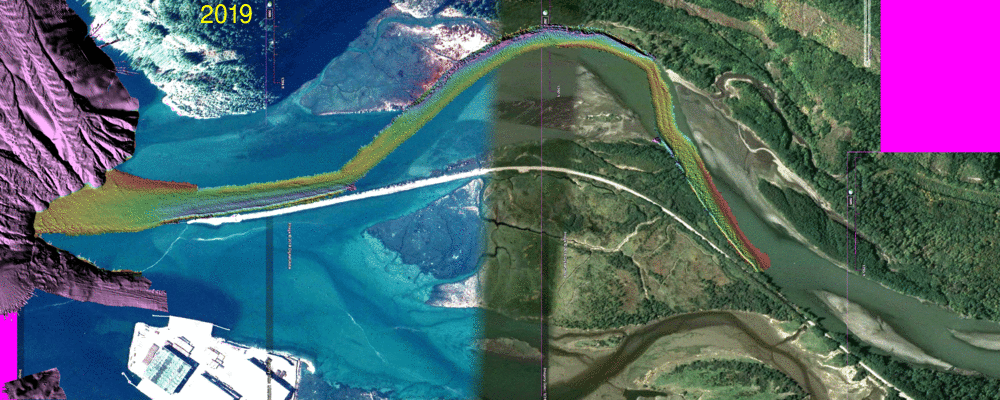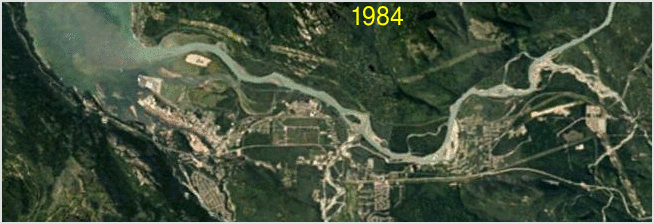
Squamish River - Cheakamus merge to Howe Sound
1984-2016 annual time series of LandSat imagery
(from Google Earth Historical Imagery)
| John E. Hughes Clarke,
Brandon Maingot Ivan Guimaraes and Leo Araujo |
Ian Church |
Anand Hiroji |
| Center for Coastal and Ocean
Mapping University of New Hampshire |
Ocean Mapping Group University of New Brunswick |
Dept. Marine Science University of Southern Mississippi |

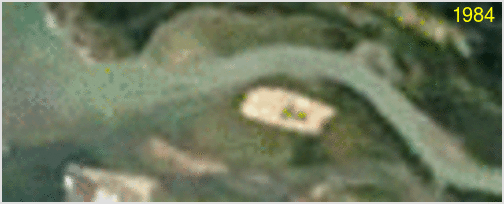
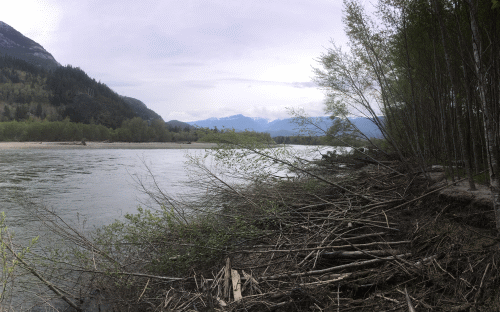 |
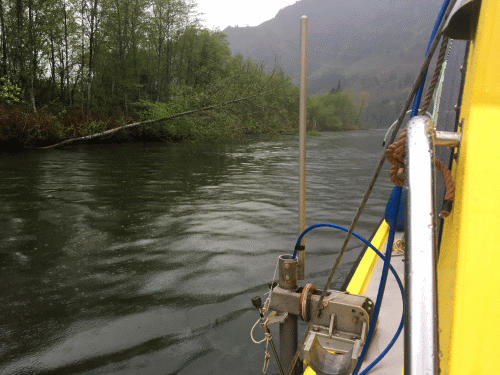 |
| looking upstream at low tide
(CD+1.0m) |
looking downstream from the
Heron at high tide (CD+4.2m) |
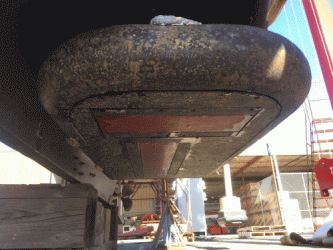 |
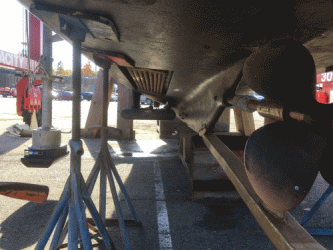 |
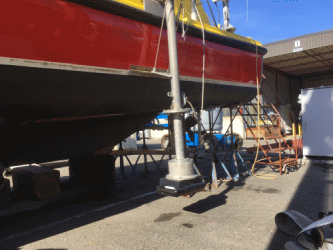 |
| looking astern past the EM710
gondola to the EM2040P behind |
looking forward showing the
location of the base of the pole relative to the gondola |
side view showing the pole
mount. |
